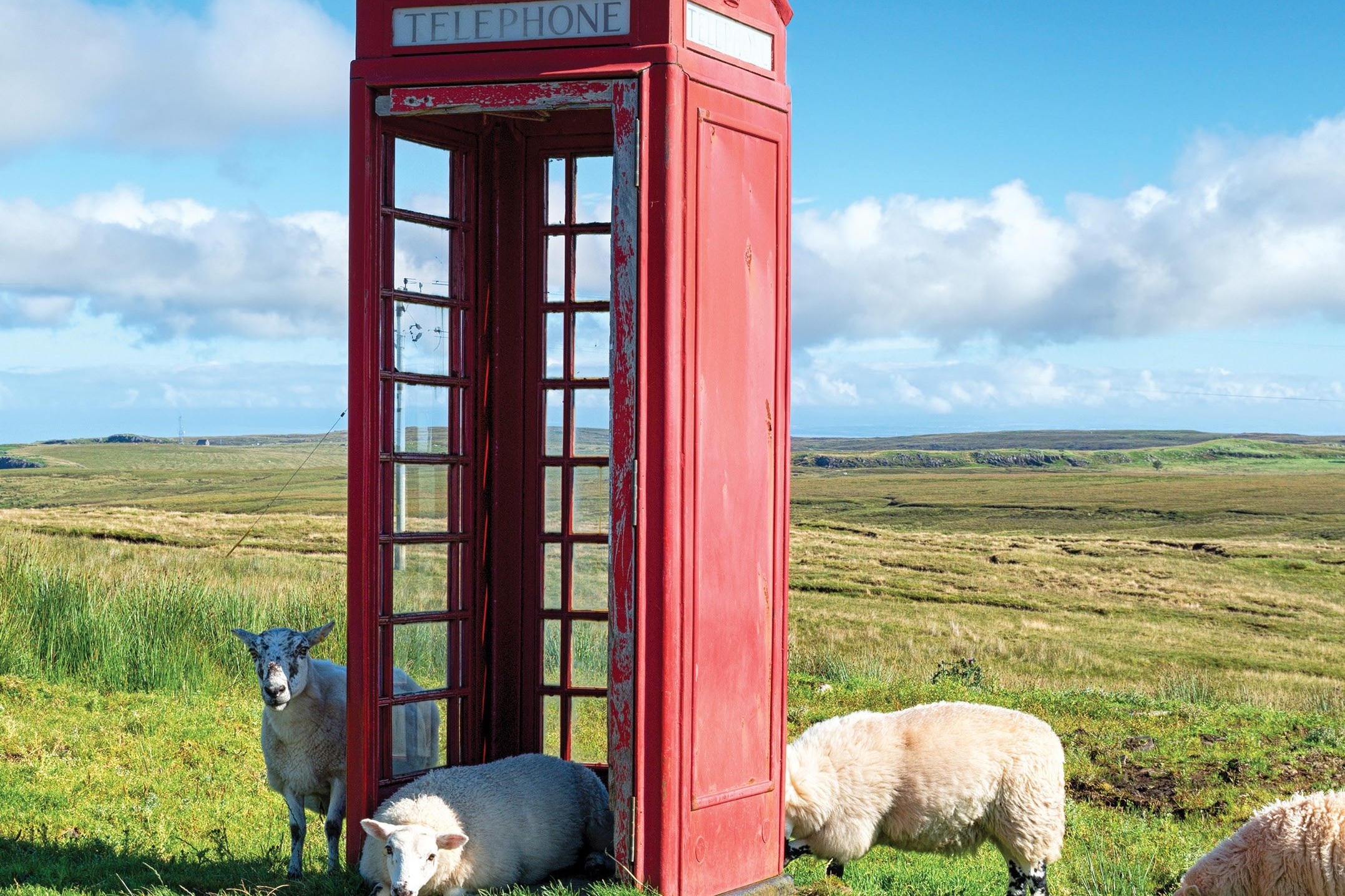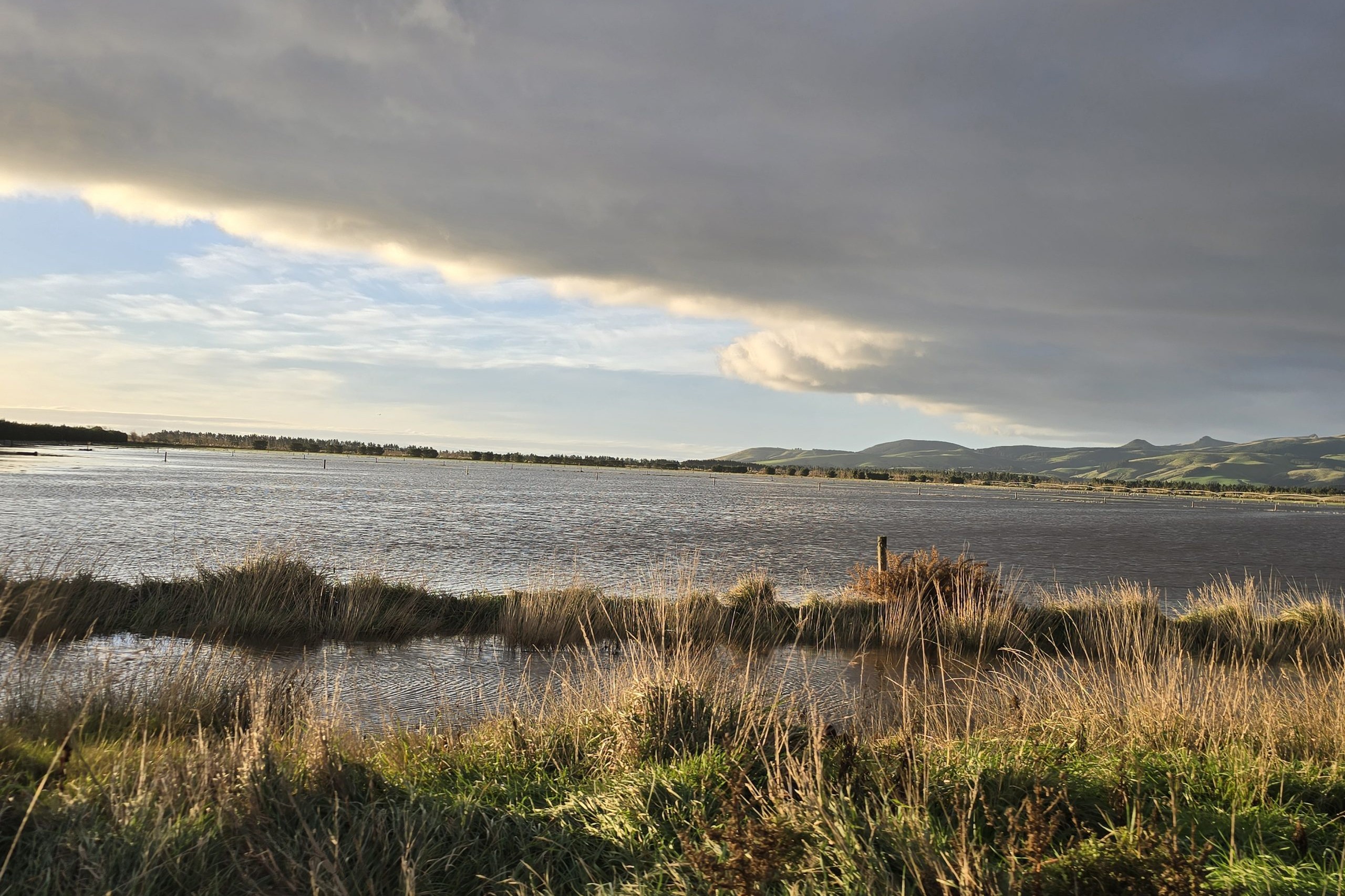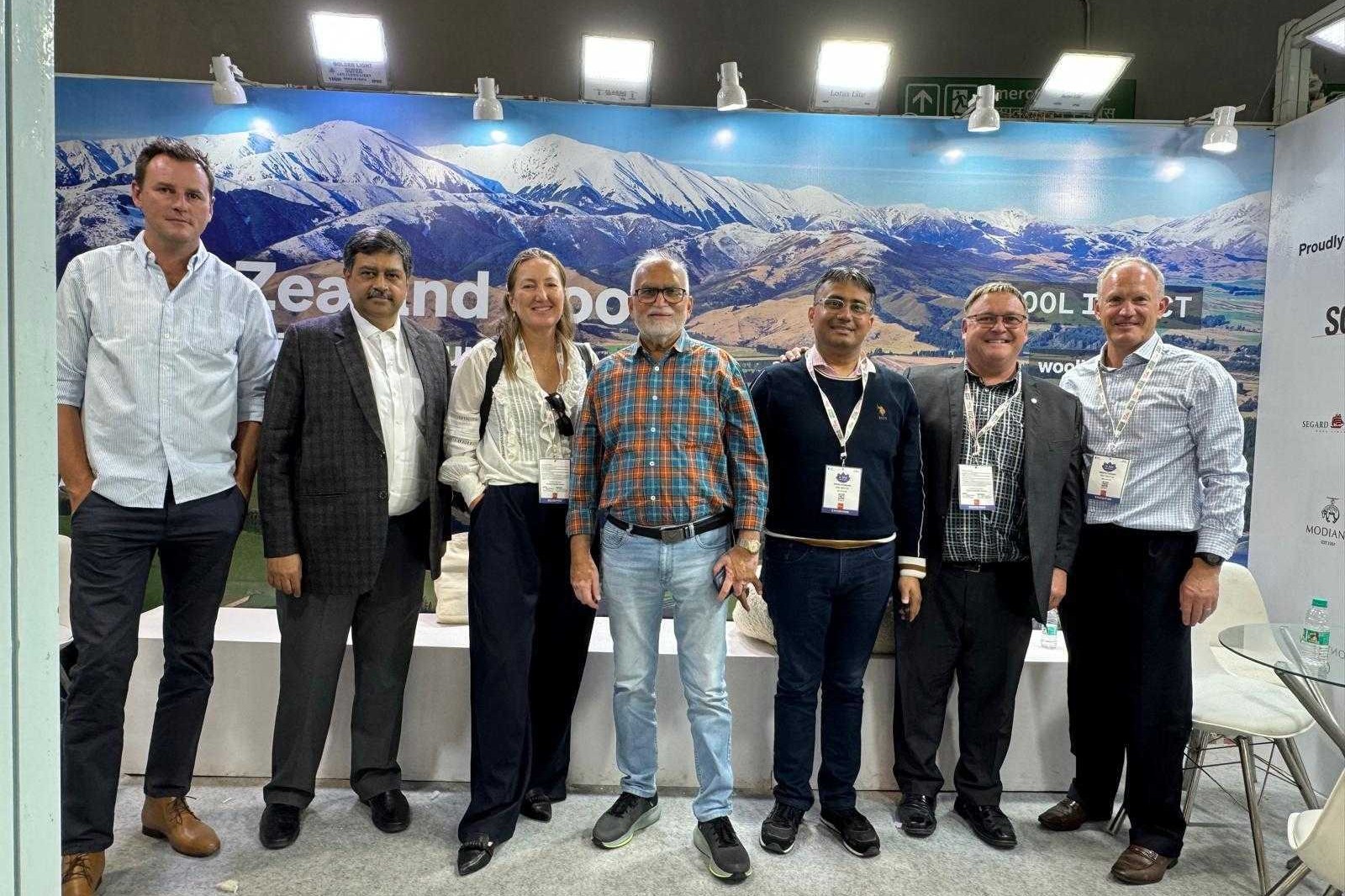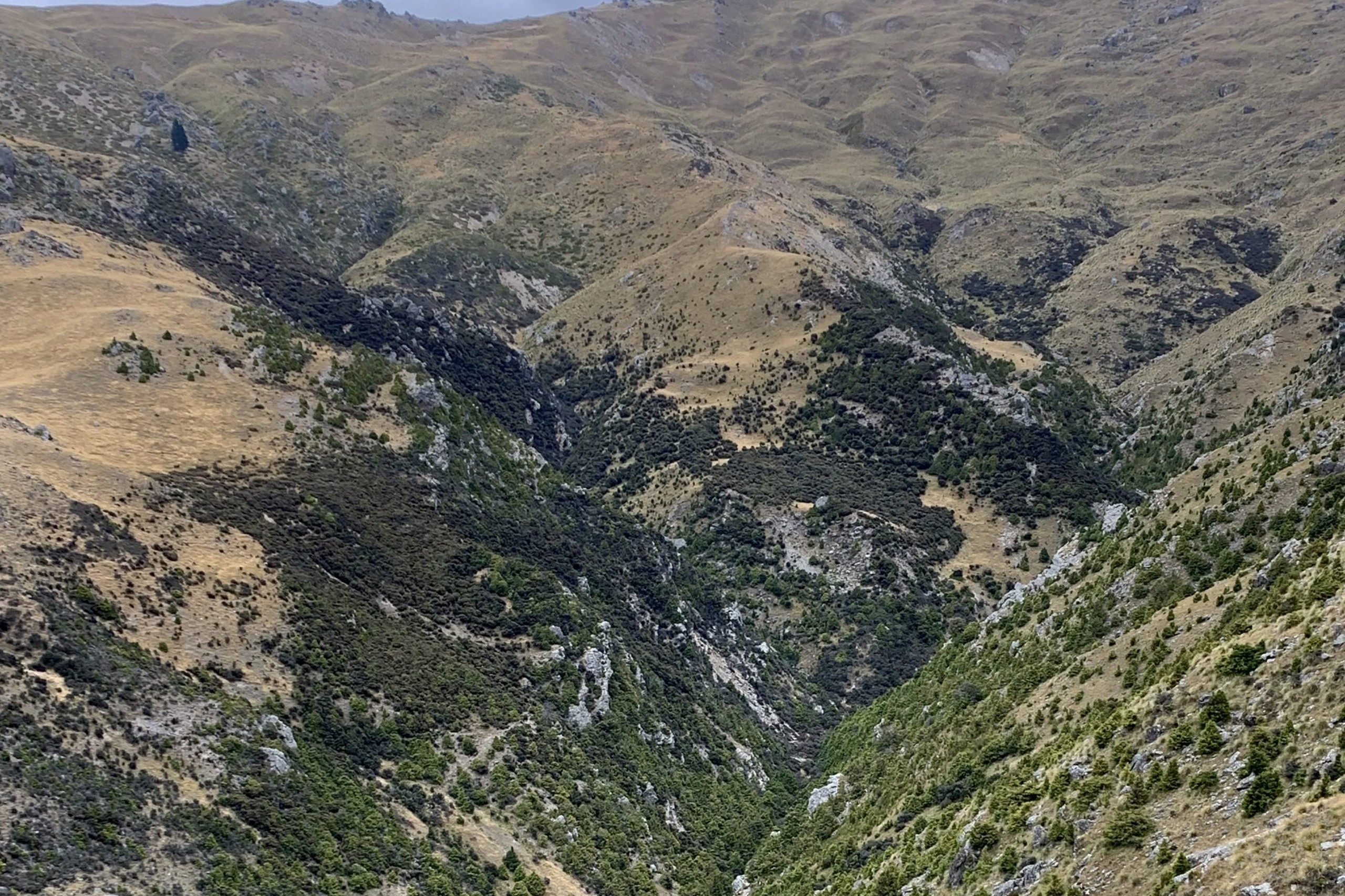Big call downsizing NZ ag
Vet Trevor Cook has been visiting Scotland and Denmark, catching up on changes to farm practices.

Vet Trevor Cook has been visiting Scotland and Denmark, catching up on changes to farm practices.
A three-year gap since visiting farms in Scotland and beyond is enough for change to be obvious. The most dramatic change was how much children had grown. Obviously those who had doubled their age in that time were most dramatic, but even adding a quarter to their age had turned them into very different people. Just as I had not gotten any older, neither had the farmers.
Much more expensive travel, disrupted flights and train strikes were changes triggered by the events of the last three years, but changes on farms were not as much as I’d expected. The initiatives that I had been part of putting in place in general had continued. Rotational grazing systems were still well ingrained and as happens here, excuses for why there were no back fences were given before I had a chance to comment.
The late weaning of ewes and cows has for a long time been something I have struggled with. When applying the concept of using the minimal amount of feed to achieve the desired outcome, that late weaning does not fit. Especially when the lambs and calves are being supplemented while still with their mothers.
A week in Denmark brought me in contact with a sheep farmer who’d been at a workshop I’d presented at four years ago. At that workshop he had told me about his flock lambing on very poor pasture with light lambs and ewes at weaning.
I had suggested he wean much earlier because he had very good pastures closer to home. He was eager to tell me that he now weans at 70 days and puts the lambs onto the good pasture. He has heavier lambs and better conditioned ewes. So simple.
Farming under solar panels is standard in Denmark. Hundreds of hectares are farmed this way. One of the farms I’ve been working with has electric fences set up among the panels to set up rotations. The grazing is free, the pasture production is 60% of what grew there before, lamb survival is extremely high and the shade under the panels in summer is seen as a positive welfare factor.
Drench resistance rife
Finding significant drench resistance was a big change from my last visit to Scotland. On three farms that I visited where they had identified this problem, it came from investigations into poor lamb-growth rates. I suspect that as for New Zealand, routine testing on farms will find widespread resistance.
To identify this problem through poor lamb growth means that the drench is failing badly. The way to tackle this is new territory for them.
I spent time with one vet who soaked up learning how. But on a western Scottish farm, the advice being given to the farmer by his vet about introducing lambs to fresh grazing was absolutely wrong. These lambs were to be drenched, held off pasture for 24 hours and then shifted on to cattle blocks that had not grazed sheep for over a year. So the only worms that were getting on to that pasture were ones that survived the drench.
Advice on best practice and how to avoid drench resistance becoming more of a problem was listened to with some scepticism. I felt that knowledge on farms about the threat and how to avoid it was limited. Having said that, it might not be as limited here, but that has not resulted in us being in a particularly good position.
But the Scots have options open to them that we do not have. They have yet to exploit combination drenches. So while their single actives are failing, the combinations will probably give them effective options.
But not for long, because when moving into combinations, if the individual components are failing badly then supporting an effective combination is very compromised.
When NZ farmers moved into combinations, the failing of the single actives was common, but in general not that bad. This gave us many years of effective products. Just as we are seeing almost total failure of combinations on some NZ farms, it is the same case with single actives on farms that I visited in Scotland. The same applies to Denmark, driven by a long history of drenching directly on to worm-free pasture.
But for the three sheep farming businesses I visited in Denmark, most of the grazing was on worm-free feed, being cover crops, pasture grown for grass-seed harvest, temporary grass, or excess dairy pasture. This was all free and the cost was putting up three-wire sticks and strings around huge paddocks and moving sheep on to them.
The impact of drench resistance was massively minimised by sheep being largely on worm- free forage. The level of production was very high. High lambing percentages, huge lamb- weaning weights and impressive post-wean lamb growth rates. There is no store lamb market so all of the lambs need to be finished, and that was targeted for when prices were high. A most remarkable sheep production system. NZ sheep genetics played a big part in this.
NZ’s ill-conceived policy
There was a lot of chat about methane, and some farmers had a greenhouse gas number for their farms. I was asked several times what a good number was. They were bemused when I said “as high as it possibly could be”. To some extent it is a meaningless number and if the game is to reduce it, a high starting point is the best place to be.
While they did not feel a methane tax was imminent, they were definitely aware of what was happening in NZ. Are we exposing farmers elsewhere to an ill-conceived policy in NZ that justifies other countries doing the same? They very often expressed their disbelief that the farming they respected and copied was being downsized to save the world.
The environmental compliance over there is not as scary as in NZ. Farmers are likely to get a subsidy for complying. There is a feeling that much of the standard subsidy will be exchanged for environmental actions.
There is so much common land, absentee ownership, rented land and protected land that there seems to be endless options for some sort of environmental action.
On one farm, my client had restricted grazing of some protected land. The trust taking care of that land paid for the breeding cows to wear location collars. The farmer could control where stock grazed from his phone. The cost of those collars was beyond him, but he had this grazing for free, and now without having to put sticks and strings amongst the trees – a technology that could revolutionise our hill country grazing.




